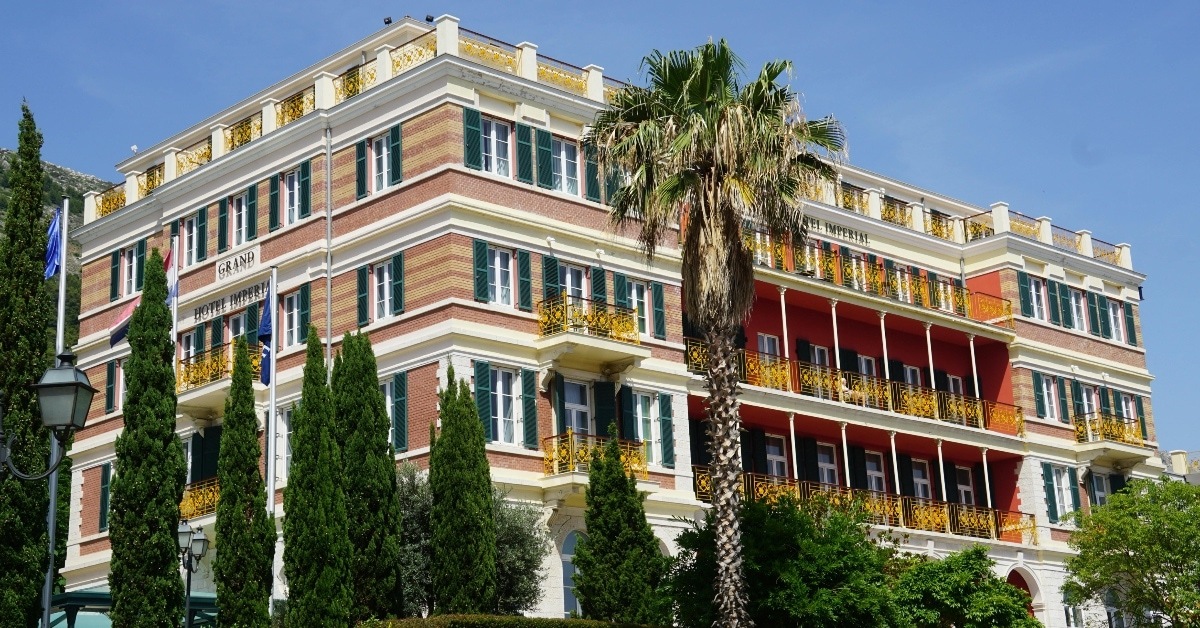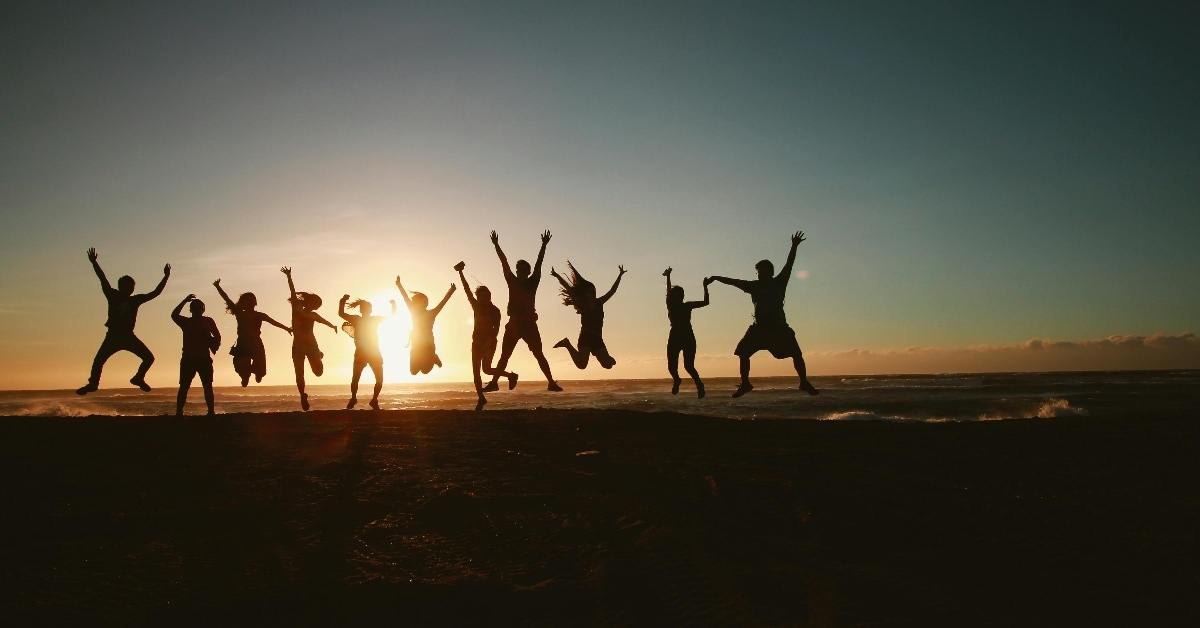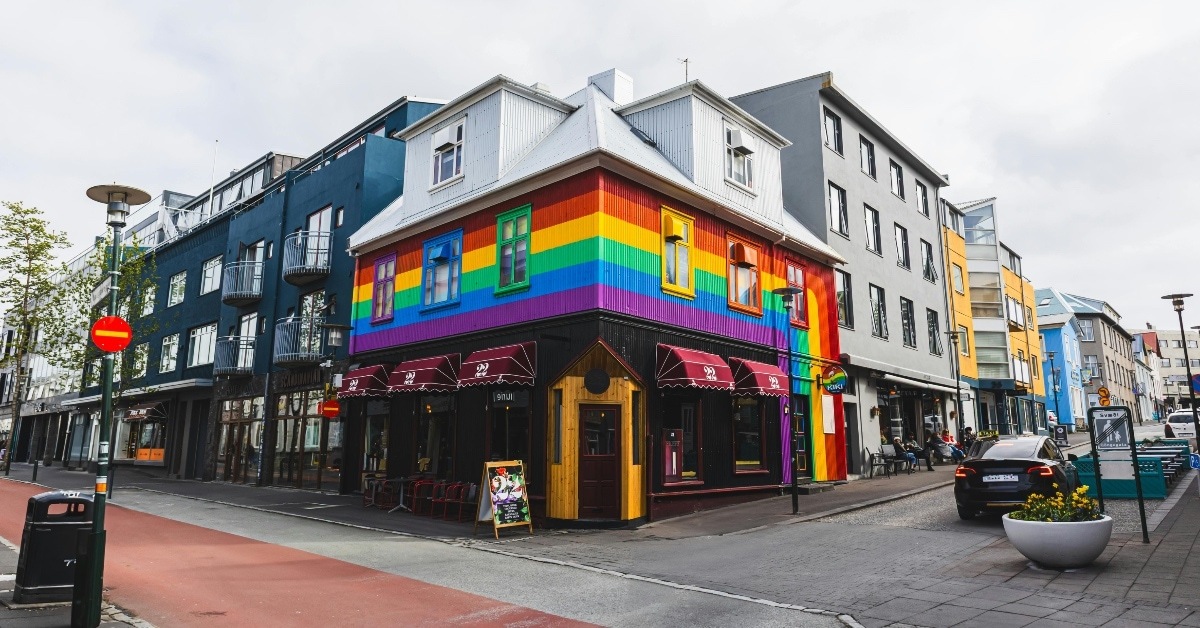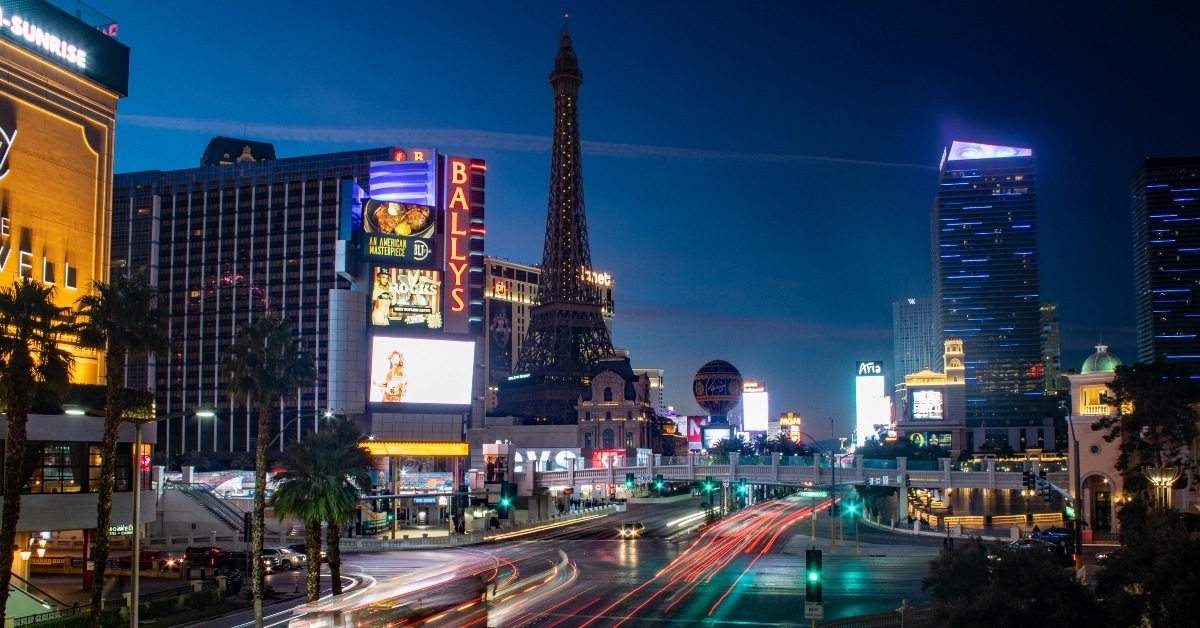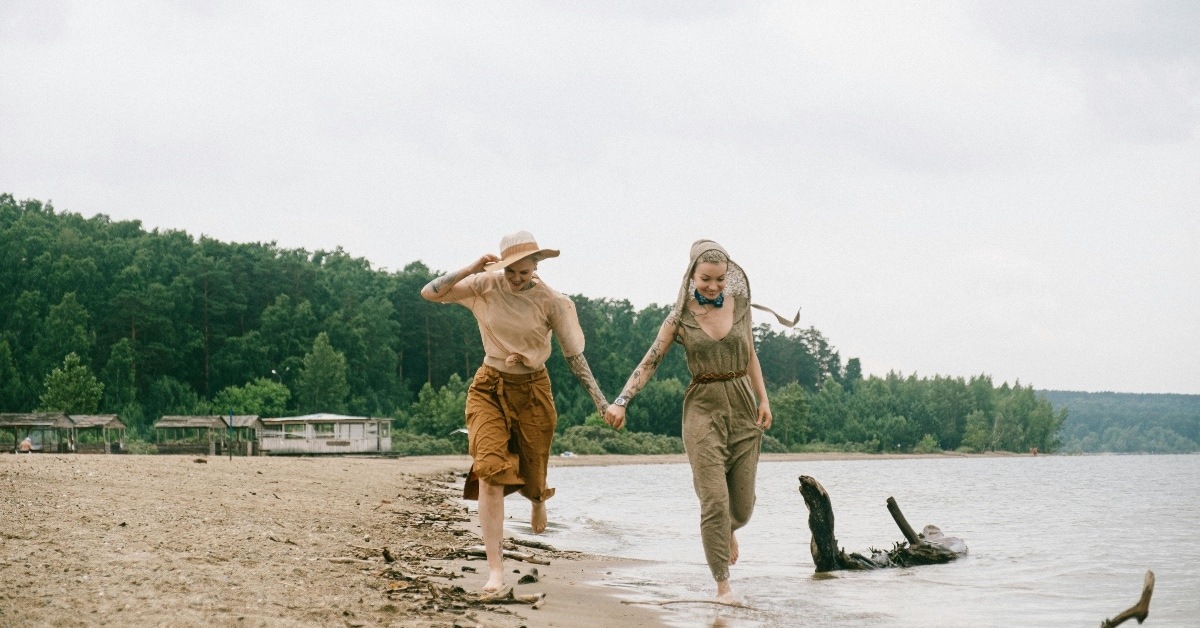BY: Kara Johnson
Published 2 hours ago
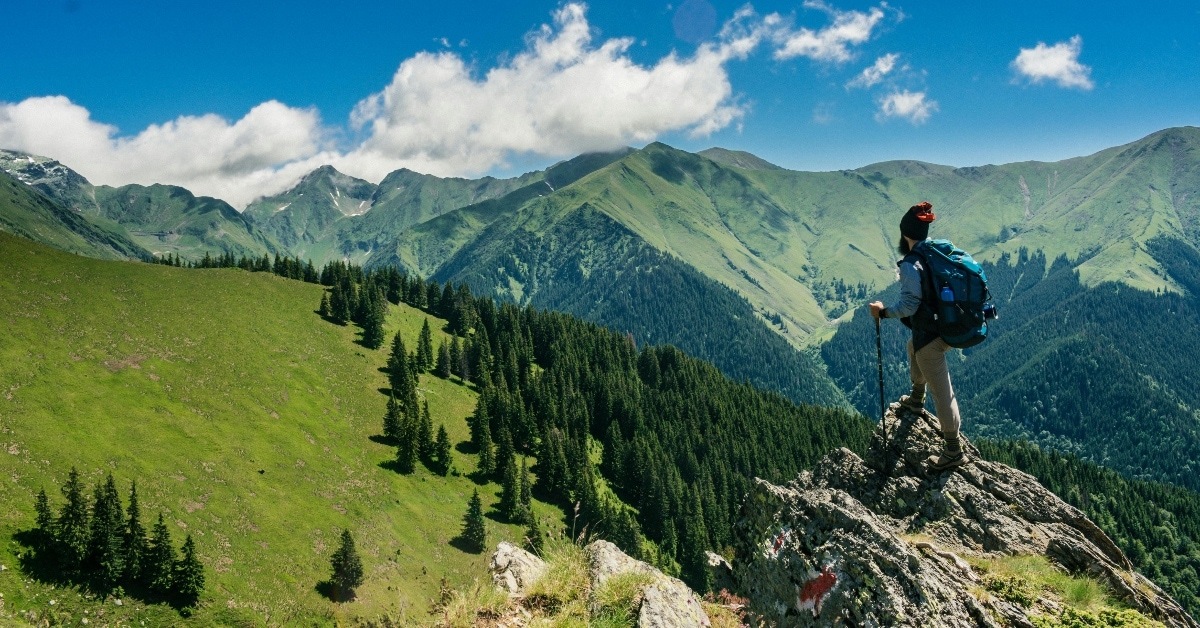
There is a powerful and primal urge in many of us to leave the pavement and seek the horizon on foot. Forget crowded city breaks or relaxing by the pool. For an increasing number of travelers, the ultimate vacation goal is to lace up their boots and embark on a hiking adventure. People are trading in their hotel reservations for backcountry permits and their tourist maps for trail guides.
This shift reflects a desire for a deeper connection with the planet, a physical challenge, and an opportunity to explore a new place at human speed. Hiking is a great way to disconnect from technology. It fosters mental clarity and helps boost physical health. You are not just seeing the scenery on a hike. You are immersed in it, moving through ever-changing landscapes that range from desert canyons to alpine peaks. The world offers an incredible menu of trails for every skill level. Some are short, famous day trips, while others are epic, long-distance thru-hikes that redefine the word ‘journey’.
The Best Hiking Trails in the World You Need to See
From sacred pilgrimage routes to challenging mountain circuits, these trails represent the pinnacle of global trekking. They offer unrivaled beauty and a profound sense of accomplishment. Here are seven trails to explore.
Tour du Mont Blanc – France, Italy, Switzerland
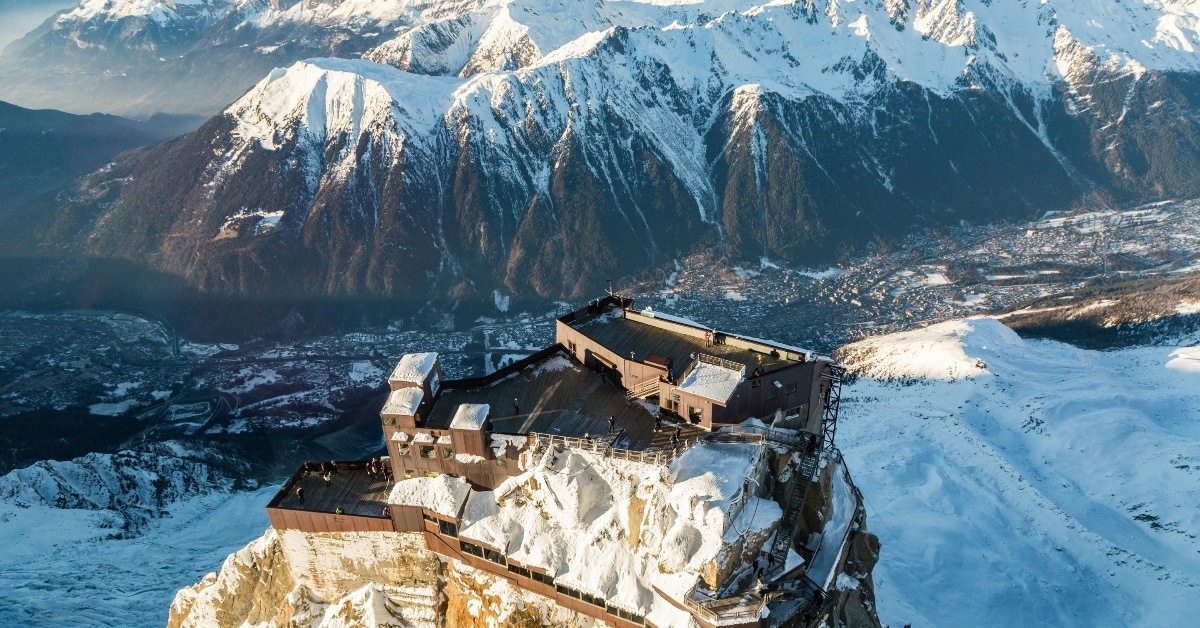
This quintessential European hike circles the formidable Mont Blanc massif. You cross through three countries, soaking up panoramic views of glaciers and alpine meadows. The total distance is approximately 170 kilometers, or 105 miles. Most hikers take about 10 to 12 days to complete the circuit. It is a challenging yet well-supported route, offering comfortable refuges for overnight stays rather than pure wilderness camping. The scenery is classic high-alpine drama, with jagged granite peaks towering over lush green valleys.
The Inca Trail to Machu Picchu – Peru
Stepping onto the Inca Trail is stepping back in time. Known as the most famous short trek in the world, the classic four-day hike covers about 26 miles, or 42 kilometers. It winds through the Sacred Valley of the Andes. Hikers pass ancient Inca ruins, cloud forests, and high mountain passes, culminating in a sunrise view of the magnificent Machu Picchu citadel. The scenery is a stunning mix of historical sites and breathtaking mountain vistas. Be aware that permits are required and are highly competitive.
The Torres del Paine ‘O’ Circuit – Chile
Located in the wild heart of Patagonia, the ‘O’ Circuit is the full loop around the iconic mountains of Torres del Paine National Park. This demanding trek spans approximately 80 miles, or 130 kilometers, and takes around seven to nine days to complete. It features views of vast glaciers, electric-blue lakes, open grasslands, and dense forests. The weather is famously unpredictable. Hikers must be prepared for everything from high winds to bright sunshine in a single day. The sheer scale and ruggedness of the Patagonian landscape are unparalleled.
Laugavegur Trail – Iceland

Known for its vibrant and surreal landscapes, the Laugavegur Trail connects the hot springs of Landmannalaugar to the forested Thórsmörk valley. This is a relatively short multi-day trek. It covers about 34 miles, or 55 kilometers, and typically takes four days. Hikers pass through multicolored rhyolite mountains, black volcanic deserts, geothermal areas, and across glacial rivers. It is often described as feeling like a hike on a different planet. The remoteness and distinct geology make it a truly unique experience.
Everest Base Camp Trek – Nepal
This is one of the world’s most iconic trekking destinations. The Everest Base Camp trek is a journey through the heart of the Nepalese Himalayas. The distance is approximately 80 miles, or 130 kilometers, round-trip, and it takes about 12 to 14 days to complete. The primary challenge is the high altitude, which necessitates a slow and carefully planned itinerary. The scenery includes vast glaciers, deep valleys, and unparalleled views of four of the world’s six tallest peaks. The trail passes through traditional Sherpa villages and Buddhist monasteries, offering a rich cultural experience alongside the intense physical one.
The Camino de Santiago – Spain
The Camino de Santiago, or “The Way of St. James,” is not one trail but a network of pilgrimage routes across Europe, all leading to the cathedral in Santiago de Compostela. The most popular is the Camino Francés, spanning roughly 500 miles, or 800 kilometers. This trek takes about 30 days to walk. The scenery is varied, from the rolling vineyards of La Rioja to the green hills of Galicia. It is known for its strong social component and well-established infrastructure of hostels, also known as albergues. This trek is less about wilderness survival and more about a cultural and spiritual journey.
The Appalachian Trail – United States
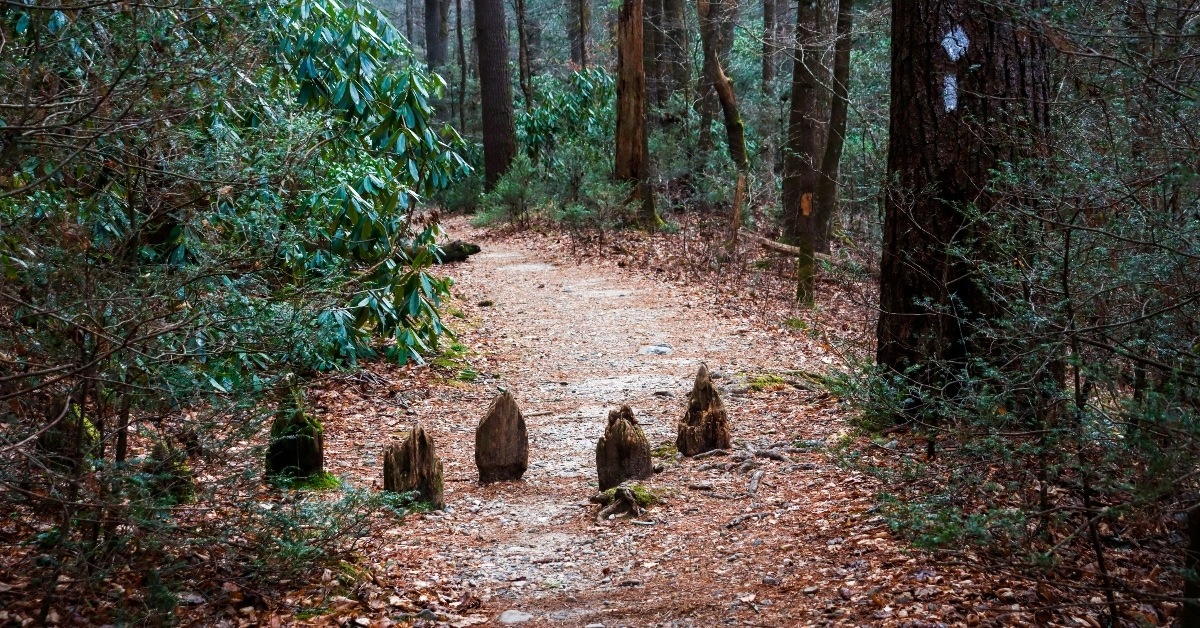
Affectionately known as the “A.T.,” this American treasure is one of the world’s great thru-hikes. It runs from Springer Mountain in Georgia to Mount Katahdin in Maine. The total distance is approximately 2,200 miles, or 3,500 kilometers. Only a fraction of hikers attempt the whole journey, which takes five to seven months. The scenery includes hardwood forests, mountain balds, and a seemingly endless “green tunnel.” It offers a deep immersion into the unique landscape and hiking culture of the Eastern United States.
Summiting the Dream
Completing a major trek delivers a profound sense of accomplishment. It changes how you view yourself and your abilities. This feeling of self-reliance, born on the trail, is a souvenir more valuable than any trinket. It serves as a reminder that you can endure discomfort and meet challenges head-on.
Ultimately, seeking out the best hiking trails in the world is an investment in experience over material things. These routes are more than just paths on a map. They are channels of culture, history, and raw natural beauty. They offer the quiet power of simply putting one foot in front of the other until you arrive somewhere truly spectacular. The world is full of breathtaking places, and the finest ones are usually the ones you have to walk to see.
What is the single most important piece of gear you would never hike one of these world-class trails without? Let us know in the comments.




